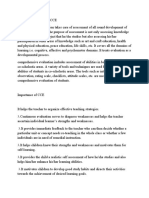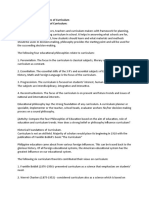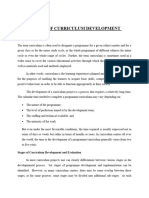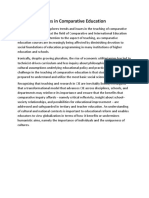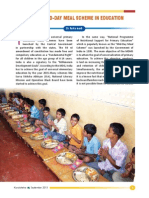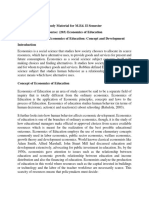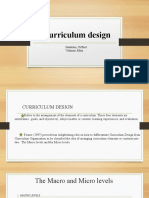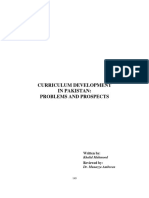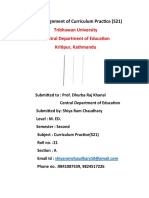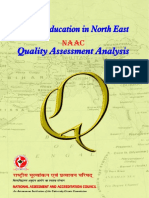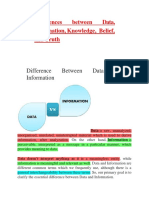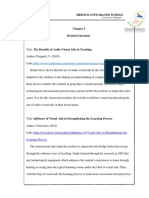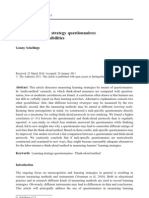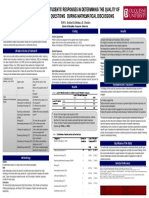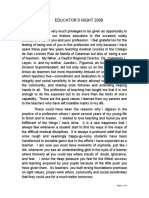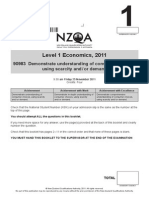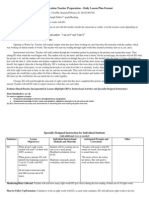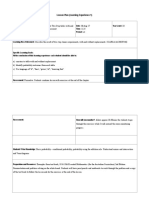0% found this document useful (0 votes)
2K views12 pagesExamining The Centralized and Non-Centra
This document discusses centralized and decentralized curriculum systems. It defines curriculum and notes that centralized curriculum aims to achieve national goals by standardizing content, assessment, and resources across schools. Key advantages are promoting national ideals efficiently and cheaply producing materials. Decentralized curriculum allows content to vary locally but is faster to design and implement with less bureaucracy.
Uploaded by
ladyjebatCopyright
© © All Rights Reserved
We take content rights seriously. If you suspect this is your content, claim it here.
Available Formats
Download as DOCX, PDF, TXT or read online on Scribd
0% found this document useful (0 votes)
2K views12 pagesExamining The Centralized and Non-Centra
This document discusses centralized and decentralized curriculum systems. It defines curriculum and notes that centralized curriculum aims to achieve national goals by standardizing content, assessment, and resources across schools. Key advantages are promoting national ideals efficiently and cheaply producing materials. Decentralized curriculum allows content to vary locally but is faster to design and implement with less bureaucracy.
Uploaded by
ladyjebatCopyright
© © All Rights Reserved
We take content rights seriously. If you suspect this is your content, claim it here.
Available Formats
Download as DOCX, PDF, TXT or read online on Scribd
/ 12











